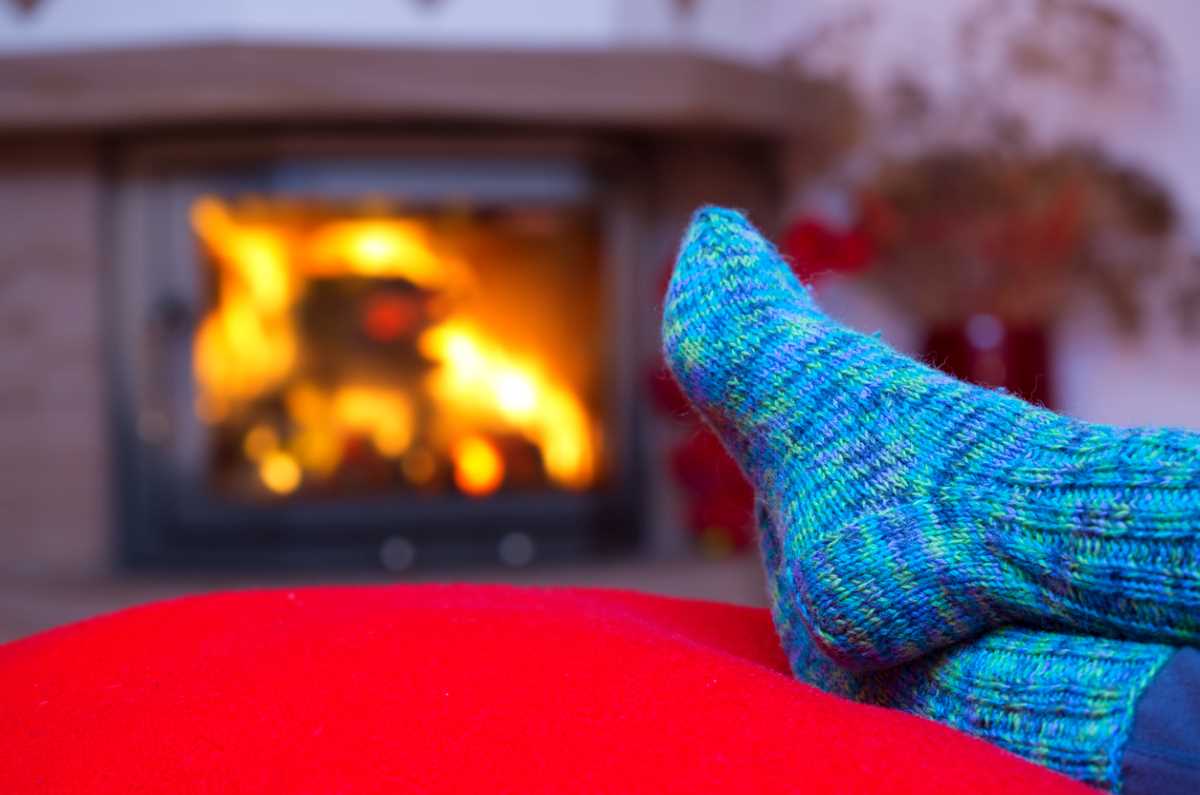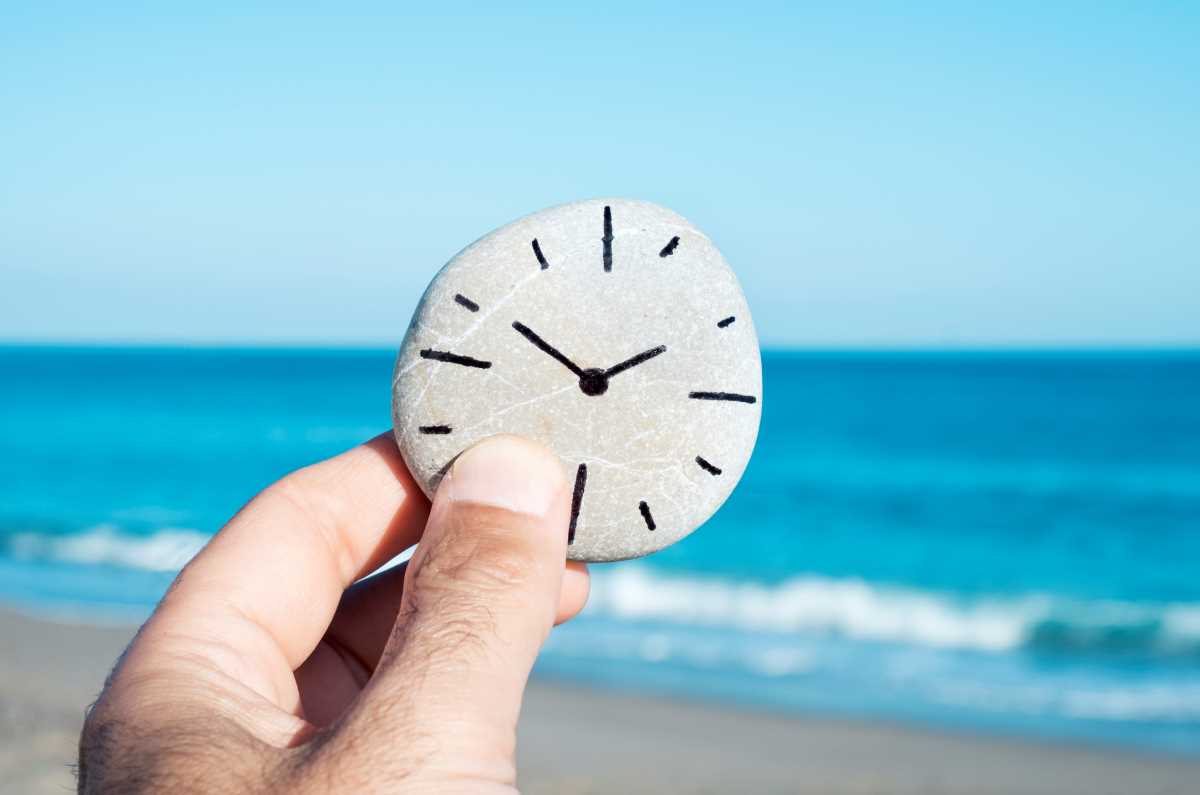I’ve never really thought about my shoulders. They’re just there. Useful for hanging a handbag on or supporting a heat pack for my neck. I only really notice them when, graceful person that I am 😉, I bash one on a door frame.
That was until a few years ago when I slipped in the bathroom and fell hard on my arm, with my shoulder in an unnatural position. I was suddenly very keenly aware of my shoulder! I honestly thought I’d broken it. Fortunately, scans revealed nothing had broken, but I had injured the soft tissues.
However, it was during that time I learned about shoulders. I know, I know, the crazy fun times never end for me 😂. But in my defence, I was stuck on the couch for a few days with my arm in a sling and an ice pack on constant rotation. So I didn’t really have a lot going on.
And what I learned was fascinating.
And since shoulder pain is incredibly common, I thought I’d share what I learned with you. Because if you haven’t had shoulder pain, you probably know someone who has. So buckle up, and let’s learn about shoulders, shoulder pain and how to treat it.
Let’s start with the basics – how your shoulders work.
DYK, the shoulder has not one, but four joints???
This makes them complex, flexible structures with a large range of movement. Unfortunately, this flexibility can also put the shoulder at risk of injury and dislocation, especially through contact sports and falls.
Your shoulder is made up of three bones: the shoulder blade (scapula), collarbone (clavicle), and upper arm bone (humerus).
The main joint is the glenohumeral joint. This is where your humerus connects with your scapula. Like the hip, it’s a ball and socket joint. The top of your humerus is shaped like a ball and fits inside the socket or cup-shaped indentation in your shoulder blade. However, this socket is shallow, giving your shoulder great flexibility but also making it less stable.
The other joints are:
- the acromioclavicular joint – where the top of your shoulder blade (acromion) meets your collarbone
- the sternoclavicular joint – where your collarbone meets your breastbone (sternum) near the base of your neck
- and the scapulothoracic joint – where your shoulder blade meets the chest wall (thorax). It allows your shoulder blade to move smoothly over your ribs.
Soft tissues surround the glenohumeral joint to form a capsule. This keeps the head of the arm bone in place in the joint socket. The joint capsule is lined with a synovial membrane that produces synovial fluid to lubricate and nourish the joint. Tendons, ligaments, bursa, and muscles also support the joints and bones in your shoulder to stabilise it and allow it to move freely. The bones, joints and soft tissue work together to make your shoulders incredibly mobile, so you can do all kinds of things like throw a ball, hug a friend, brush your hair, and scratch your back.
When things go wrong – shoulder pain.
Shoulder pain may come on quickly, e.g. if you injure yourself, or it can occur more gradually. It can be mild pain or, as I experienced, very painful 😥.
There are many causes of shoulder pain, not all due to problems with the shoulder joints or associated structures. They include:
- Other musculoskeletal conditions, such as rheumatoid arthritis, osteoarthritis, and polymyalgia rheumatica can affect the shoulder, causing pain.
- Inflammation or injury to the soft tissues (e.g. muscles, bursae, tendons, ligaments) in and around the shoulder, for example, bursitis and frozen shoulder.
- Ongoing stress or anxiety that causes your muscles to remain tense.
- Neck and upper back joint and nerve problems can cause pain to be felt in and around the shoulder.
- Referred pain. Shoulder pain may also be caused by problems affecting your abdomen (e.g. gallstones), heart (e.g. heart attack) and lungs (e.g. pneumonia).
Note: if you feel shoulder pain radiating down your arm or you’re experiencing a tight feeling across the chest and shortness of breath, dial 000 immediately.
Symptoms of shoulder pain.
Unsurprisingly, the main symptom of shoulder pain is pain! Other symptoms include:
- Reduced movement, stiffness and pain when moving your shoulder.
- Weakness of the shoulder/upper arm.
- Pain when lying or putting pressure on the affected shoulder.
- Pins and needles (tingling). This is more likely to be associated with neck problems than the shoulder itself.
Diagnosing shoulder pain.
If you have shoulder pain that’s causing you distress or affecting your ability to do your daily activities, you should see your doctor. Your doctor will:
- ask you questions about your shoulder pain, including potential causes (e.g. recent injuries, other health conditions), if you’ve had shoulder pain before, and how it affects you
- ask about any other symptoms or health issues you have
- do a thorough physical examination.
From this, they can work out the likelihood of particular structures in the shoulder being involved.
Sometimes they’ll suggest that scans are needed. They may include X-rays, ultrasounds, computed tomography (CT), or magnetic resonance imaging (MRI). The type of scan/s required will depend on the suspected cause of your shoulder pain. However, it’s important to know that many scans show changes to your shoulder that will likely represent the normal passage of time (even by age 45), not damage to your shoulder.
Treating shoulder pain.
Treating shoulder pain begins with understanding the cause of the problem. What works for one shoulder issue may not work for another. Your doctor will create a treatment plan based on your diagnosis.
The following are some commonly used treatments for shoulder pain.
- Heat and cold packs may provide temporary relief from pain and stiffness. Generally speaking, heat can relieve muscle spasms and tension. Cold can reduce swelling.
- Physiotherapy will aim to fix problems such as shoulder, neck and upper arm stiffness and weakness. A physiotherapist will provide exercises to help improve mobility and the range of movement for your shoulder. They’ll also help you modify movements and activities that worsen your pain. This often includes learning new ways to do things related to your work, sport, or everyday activities that aggravate your shoulder. They may also tape your shoulder and show you how to use taping to support your shoulder and reduce stress on it.
- Occupational therapy. If your shoulder pain makes everyday activities difficult, seeing an occupational therapist (OT) may be helpful. They can help you learn better ways to carry out activities such as bathing, dressing, working or driving. They can also provide aids and equipment to make everyday activities easier.
- Medicines may help reduce the pain you’re experiencing while you work to maintain and restore movement and function. But it’s important to understand they’re not a long-term solution to shoulder pain. Talk with your doctor or pharmacist for advice about pain medicines. There are different types available, both over-the-counter and by prescription. They include:
- Non-steroidal anti-inflammatory drugs (NSAIDs). NSAIDs reduce inflammation and pain but have side effects, so using the lowest dose for the shortest period is best.
- Topicals. Rubs, gels, ointments, sprays, patches and creams applied to your skin (topically) can provide temporary pain relief.
- Corticosteroid injection. If you have persistent shoulder pain and haven’t had relief from oral medicines or other treatments, your doctor may suggest a corticosteroid (steroid) injection. Corticosteroid injections into the joint can reduce inflammation and provide short-term pain relief for some people. However, pain relief varies and may last a few days to weeks. The number of injections you can have is limited due to potential harm. Discuss the benefits and risks of steroid injections with your doctor.
- In cases of a frozen shoulder, hydrodilatation may be recommended. This is an injection of fluid (saline and a steroid) into the joint. There’s some evidence that it may relieve symptoms and improve range of motion. However, it’s unclear if this is due to the hydrodilatation, the steroid in the injection, shoulder exercises, or a combination.
What about surgery?
For most people, shoulder pain will improve over time with appropriate, conservative treatment. However, in some cases, surgery may be required.
When considering surgery, you should be informed about what it involves, the rehabilitation process, and its potential benefits and risks.
Managing shoulder pain to prevent future problems.
Most people with shoulder pain will find it gets better over time. But there are things you can do to proactively prevent future problems.
- Learn more about your shoulder pain. Are there activities or jobs that trigger your shoulder pain or make it worse? Knowing as much as possible about your shoulder pain means that you can make informed decisions about your healthcare and actively manage it.
- Follow the advice of your healthcare team. The information, exercises, and modifications provided by your physio or occupational therapist during the worst of your shoulder pain will help prevent you from aggravating your shoulder and causing future issues.
- Exercise regularly. Although you might think you need to protect your shoulder by not moving or resting it, it’s made for movement. And resting can make things worse. Regular exercise is vital for maintaining flexibility, muscle strength, and bone health. When starting an exercise program, you should incorporate activities that improve flexibility, muscle strength, balance, and overall fitness and endurance. Start exercising slowly and gradually increase the time and intensity of your exercise sessions over weeks and months. A physiotherapist or exercise physiologist can help you work out an exercise program right for you.
- Manage your stress. Living with stress or anxiety can worsen your pain by causing the muscles throughout your body to tense or spasm. This is often felt in the shoulders and neck. There are many ways to reduce stress or anxiety, including exercise, massage, mindfulness, heat, breathing exercises, and guided imagery.
- Get back to your normal activities. Try to be as active as possible and get on with your day-to-day life, including work and exercise. Returning to heavy manual jobs may take longer, and you may need support from a physio and/or OT.
Contact our free national Help Line
Call our nurses if you have questions about managing your pain, musculoskeletal condition, treatment options, mental health issues, telehealth, or accessing services. They’re available weekdays between 9am-5pm on 1800 263 265, email (helpline@msk.org.au) or via Messenger.
More to explore
- Anatomy, shoulder and upper limb, shoulder
StatPearls, National Library of Medicine, NIH - Causes of shoulder pain and treatment options
Verywell Health - Common shoulder problems (video)
Musculoskeletal Australia - Shoulder pain and common shoulder problems
American Academy of Orthopaedic Surgeons - Shoulder pain
NHS - Shoulder pain
Versus Arthritis

























